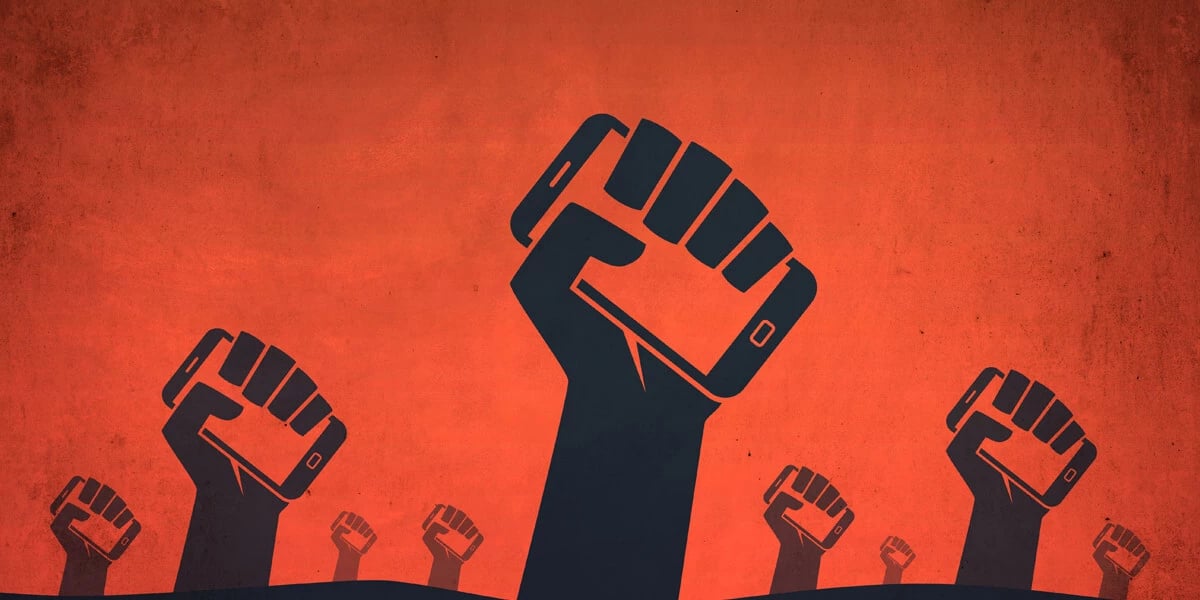The exponential growth of eCommerce has changed consumer expectations and brought significant disruptions in the transportation and logistics (T&L) industry. Companies must craft their last mile strategies more carefully now that consumers are ordering larger volumes of goods and sometimes even expect delivery on the same day.

Unfortunately, last mile delivery is the most inefficient part of the entire supply chain. In one study, a majority of respondents in the United States and Canada agreed that adopting a mobile-first strategy for last mile deliveries has become necessary to provide a transparent and pleasing consumer experience.
What is the Mobile-First Approach?
Anyone who asks what the mobile-first definition is may find themselves getting different answers.
A mobile-first approach is sometimes defined as the strategy of designing the mobile version of a website before designing a desktop site. In the world of transportation and logistics, mobile-first means treating gadgets, specifically smartphones, tablets, and task-specific apps as the main tools for completing the job.
Why is Mobile-First Important for Last-Mile Delivery?
Around 50 percent of T&L firms use outdated technology that’s causing them to lose customers. Companies must modernize to meet the more challenging demands of customers for same-day deliveries and real-time updates. Those that fail to meet the changing consumer expectations will end up with systemic losses.
Well versed firms know that employing the mobile-first strategy for last mile deliveries is key to transforming their business operations. According to the report titled “The Last Mile Sprint: State of Mobility in Transportation and Logistics,” 80 percent of firms in Canada and 74 percent of U.S.-based companies concede that they would benefit, or are already benefiting from implementing the mobile-first approach for last mile delivery operations.
What Do Companies Gain by Adopting the Mobile-First Strategy?
According to the same survey, 49 percent of respondents said that the mobile-first approach had reduced their operational expenses. This is because firms have to leverage mobile technologies in their supply chain operations to streamline workflows and eliminate inefficiencies. Otherwise, they would be left behind by competitors that already invested heavily in trackable deliveries through the aforementioned means.
Additionally, effectively rolling out this strategy offers companies increased productivity and visibility over their operations. More than half of T&L executives said that their mobile-first approach has allowed them to have greater visibility into the critical areas in their supply chain management.
Around half of the respondents in the United States said that employing the strategy allowed their firms to provide a more responsive consumer experience, and 44 percent said that their mobile strategy helped their executives make real-time decisions.
Around the world, 32 percent of senior officials at T&L firms see mobile technology as a powerful tool for improving operational efficiencies and minimizing operational expenses to increase the company’s profitability in the short-term.
In the end, T&L companies must strategize carefully to meet the increasing demands of consumers for fast, reliable, and traceable deliveries. Adopting a mobile-first approach is core to simplifying workflows and eliminating inefficiencies, which in turn, will produce a better bottom line for the company.